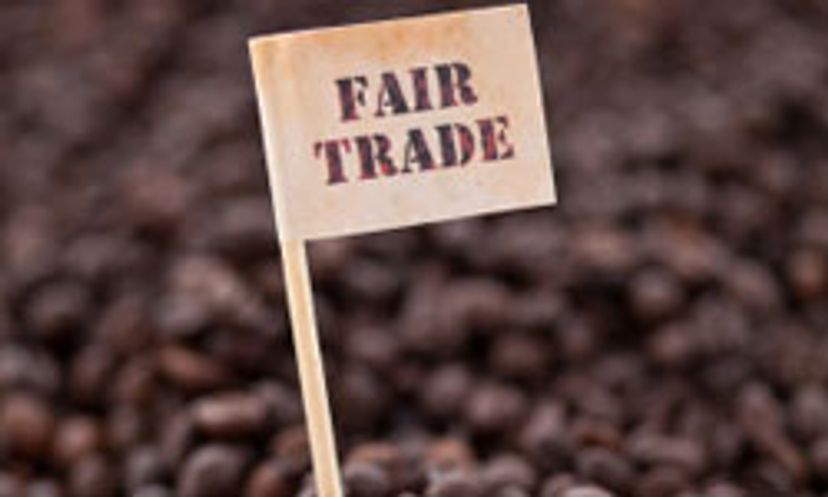
About This Quiz
If you love coffee you are likely aware of the fair trade movement and what goals it is trying to achieve. This movement is responsible for improving the lives of thousands of farmers and workers in underdeveloped countries. Take our quiz to test your understanding how fair trade helps people.The fair trade movement sets out to empower producers at the local level by paying them fairer wages for their labor, improving their living conditions and giving them a stronger voice in the market.
Fair trade practices give consumers the option of paying a bit more for their purchases in order to help poor farmers by buying products labeled as fair trade certified.
Fair trade advocates want fair prices set on products, regulated to provide fair percentages for poor farmers and their laborers, whereas free trade advocates want international trade with little regulation.
Advertisement
Advocates of fair trade insist that free trade is not enough. They argue that without regulation, a global trade system with power centralized at the international level will always hurt local-level workers.
The modern fair trade movement began in the 1950s with alternative trade organizations (ATOs). These were started by humanitarian groups that wanted to alleviate poverty in developing nations by cutting out middle men in trade with developed countries.
Fair trade advocates have been working to make a difference from the consumer end since the late 1980s. Instead of waiting for global and national groups to change rules that governing business, they simply changed the way they did business.
Advertisement
A significant amount of time and money goes into creating standards for fair trade products, so the movement focused initially on tea and coffee growers. Coffee continues to be one of the more successful fair trade products, but in recent years fair trade bananas and cotton have also become top sellers.
Coffee prices dipped so low in 2001 that an average coffee grower received only 45 cents per pound. However, fair trade buyers that year paid $1.21 per pound of coffee, enabling coffee growers to purchase necessities, because the difference went to the growers.
A Dutch ATO called Solidaridad first proposed this labeling system, which has grown into a globalized initiative with many organizations following its lead.
Advertisement
The FLO oversees fair trade certification on the production end, inspecting farms and facilities in several countries. They ensure agricultural products are produced by small farms that must also follow basic environmental, health, safety, labor, and human rights regulations.
TransFair USA is the only third-party certifier of fair trade products in the United States. Instead of creating dependency on aid, TransFair USA uses a market-based approach to give farmers fair prices, workers safe conditions, and entire communities the resources for fair, healthy and sustainable lives.
A sum paid in addition to fair trade prices is called a social premium. This money is used primarily to establish scholarships, health care programs, better sanitation, and small-business loans in some impoverished areas.
Advertisement
Fair trade products are often superior in quality because of improved farming practices and many of the products are certified organic. It is much easier to reconcile paying more for a product that is already superior to other competitors, while also being aware that your money is going to help underprivileged peoples.
Critics feel that fair trade practices artificially inflate prices above the market value but fail to address basic problems like oversupply. Critics argue that all fair trade does in these circumstances is support underperforming farming or manufacturing practices.
According to statistics published by Global Exchange, fair trade currently benefits more than 800,000 farmers worldwide. Fair trade certified products continue to appear on more store shelves as consumers accept fair trade brands more readily throughout the world.
Advertisement